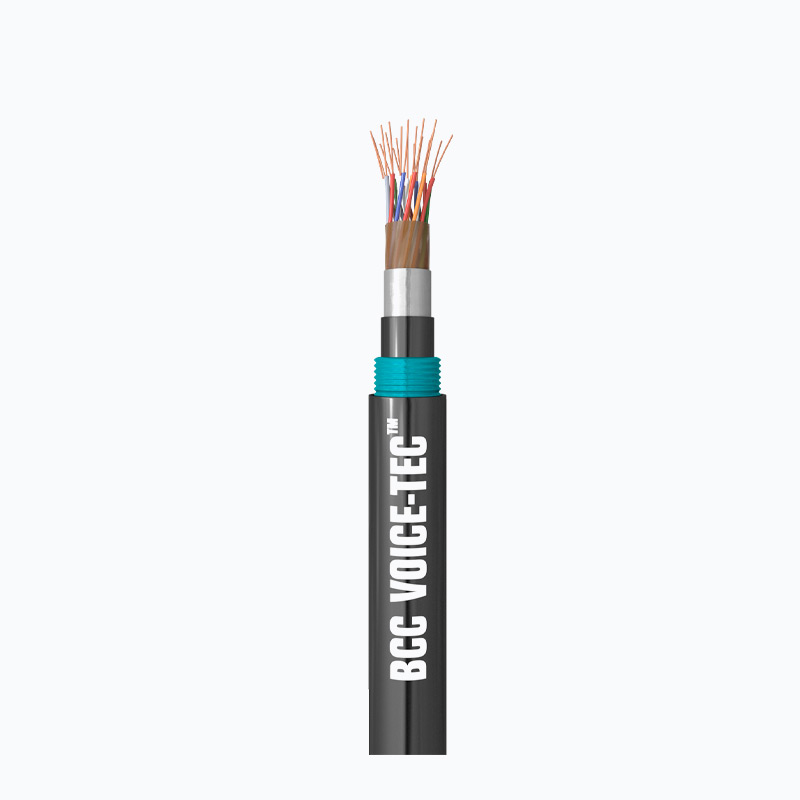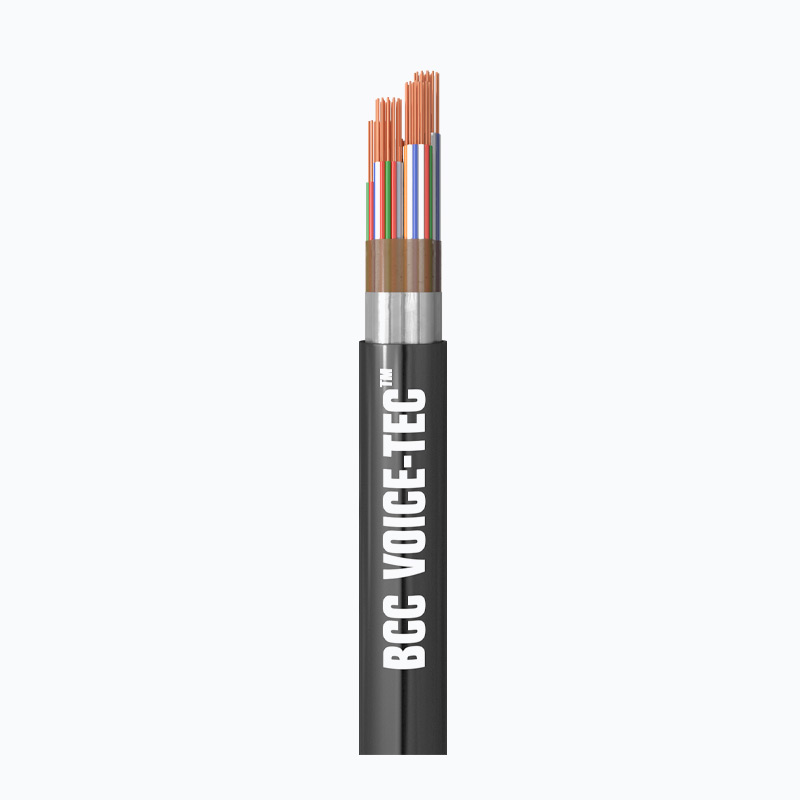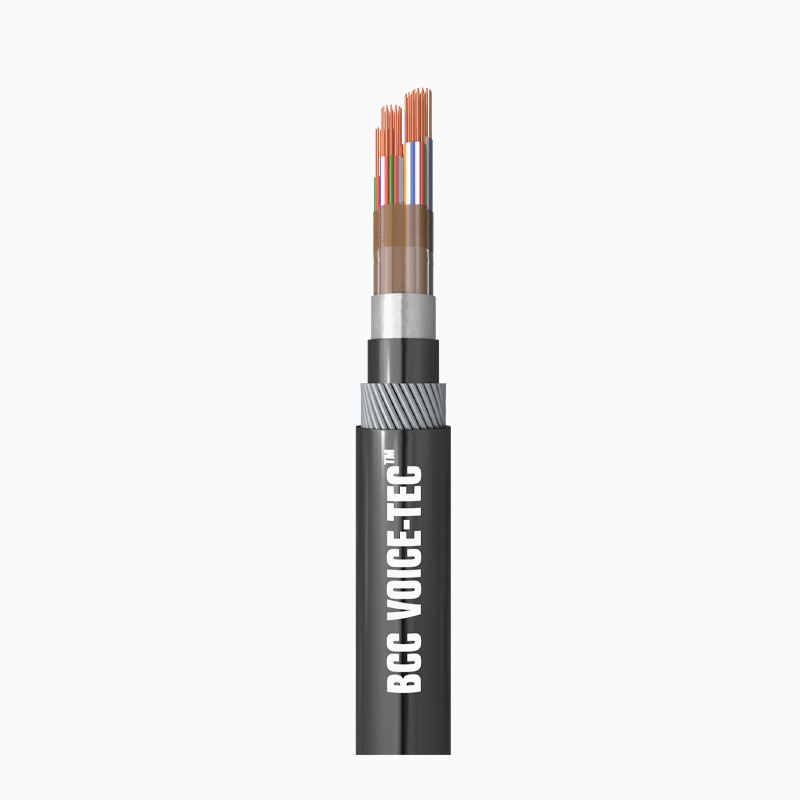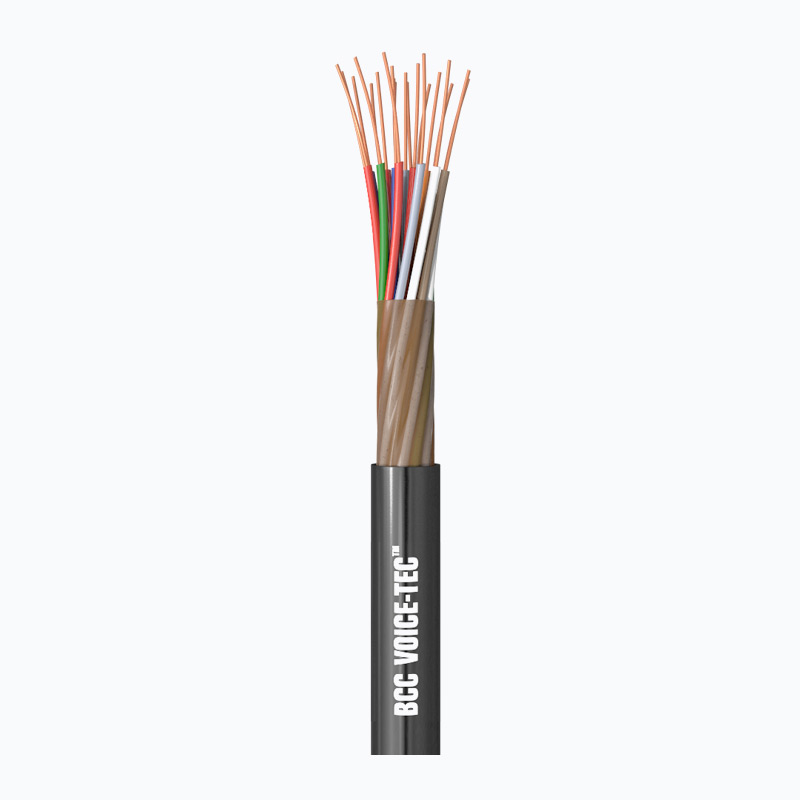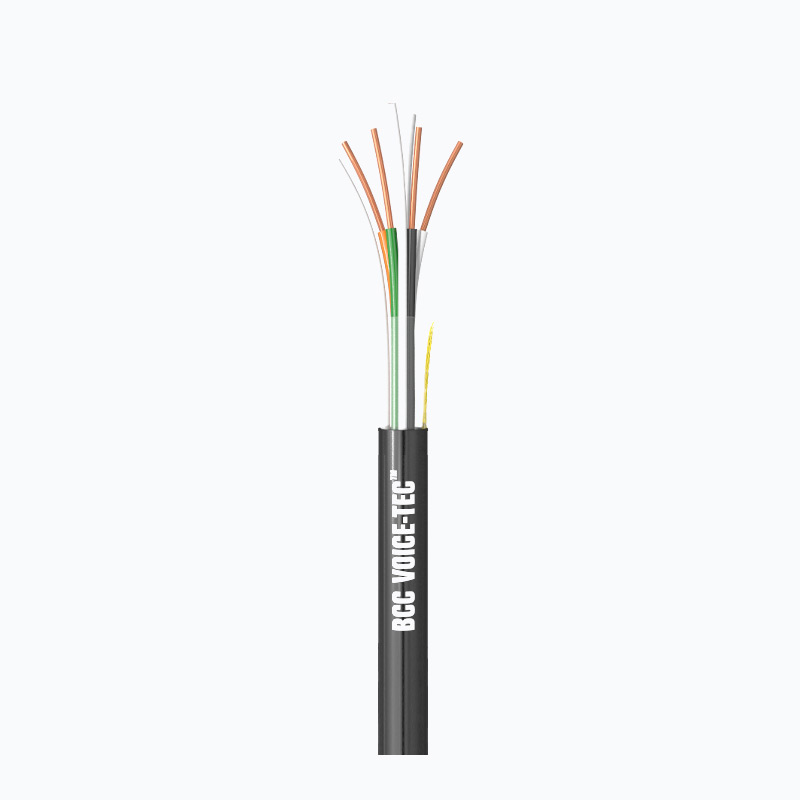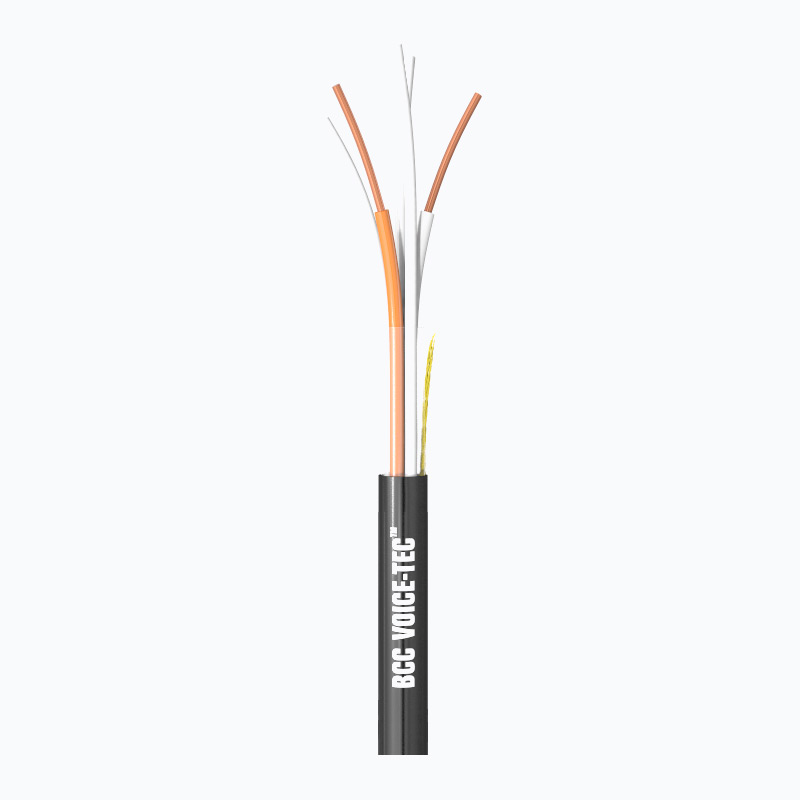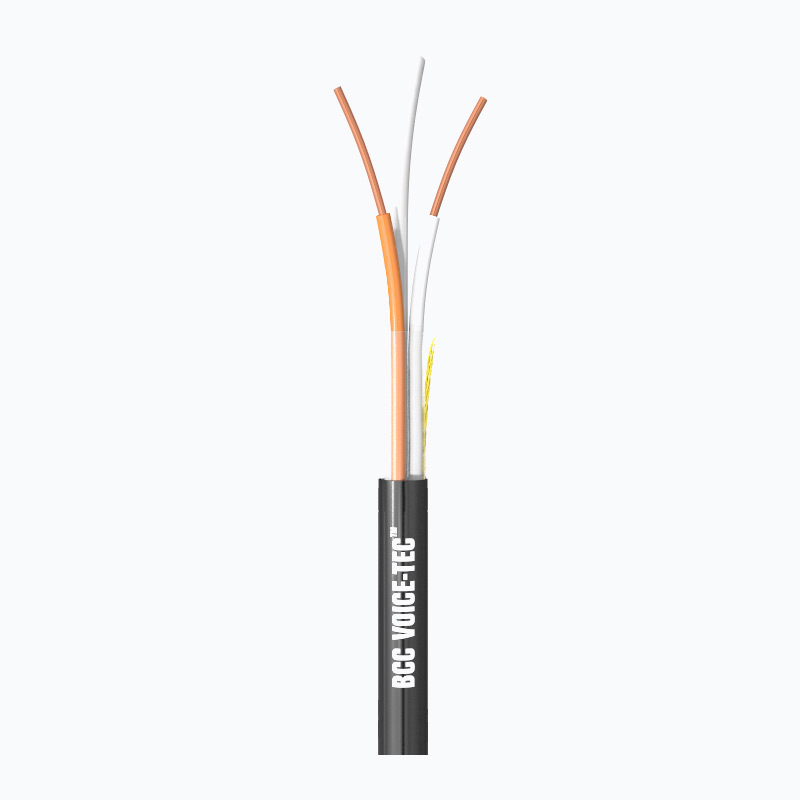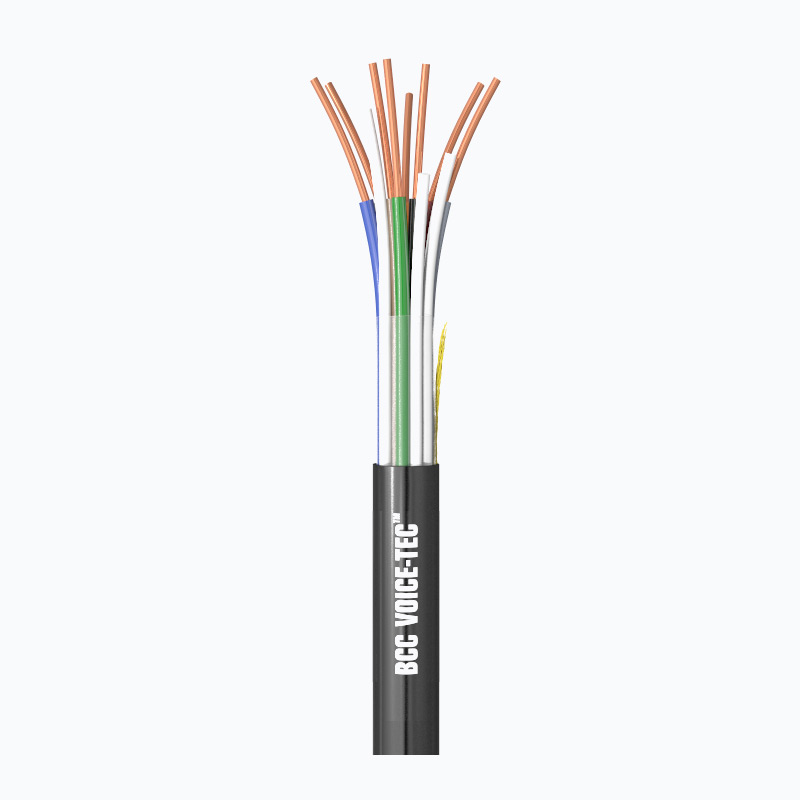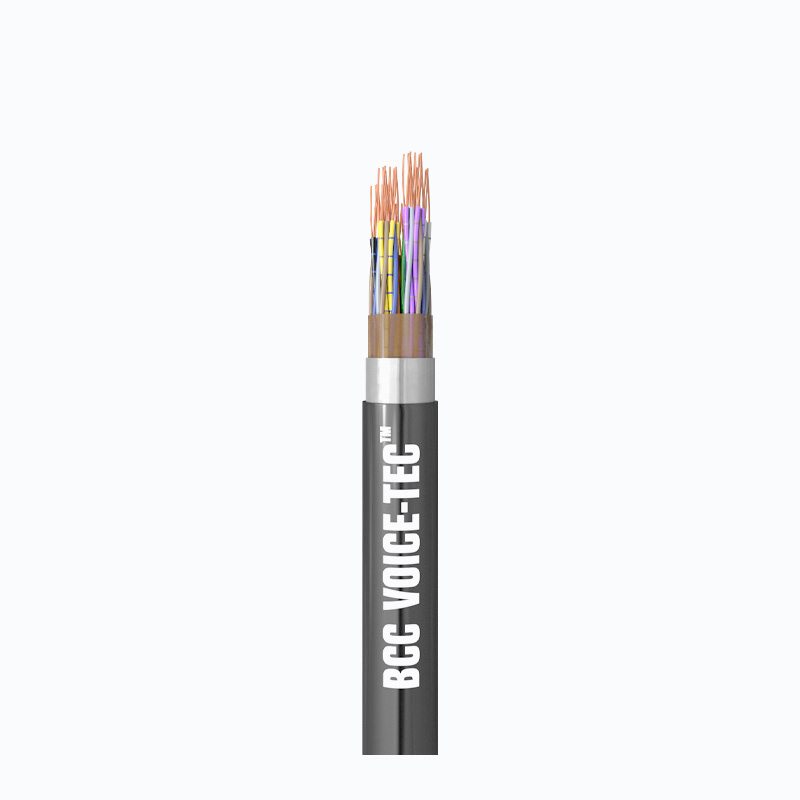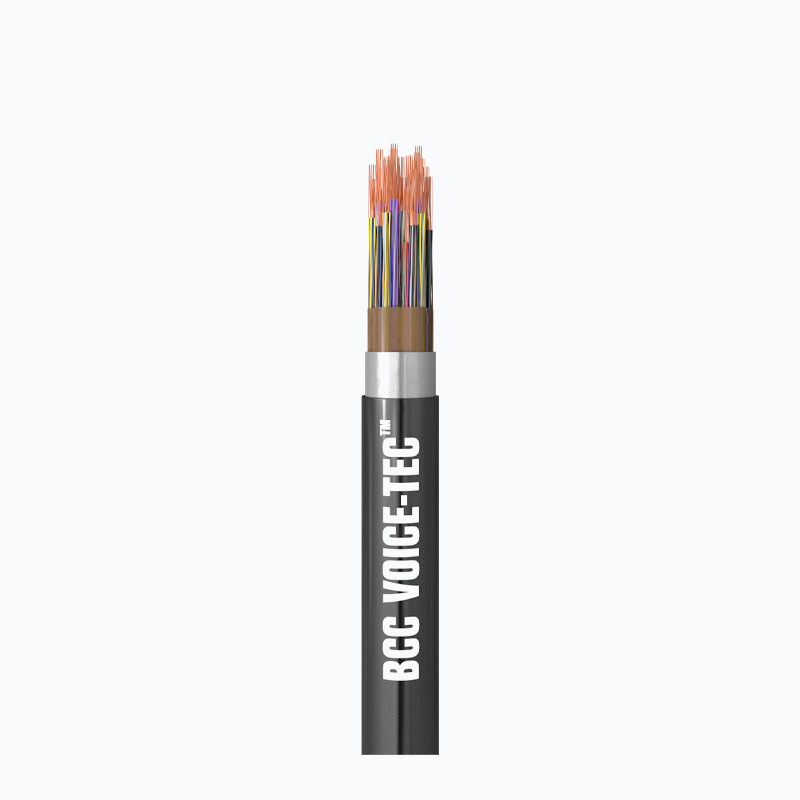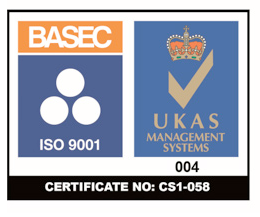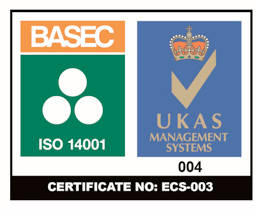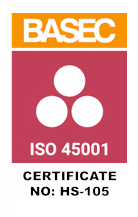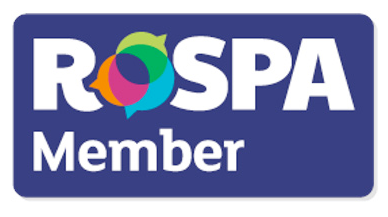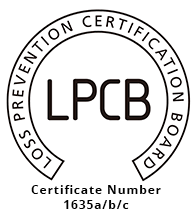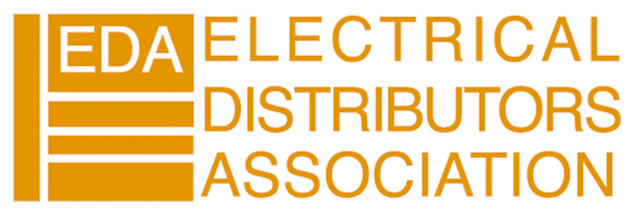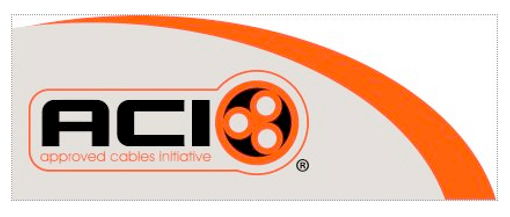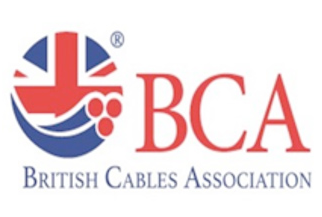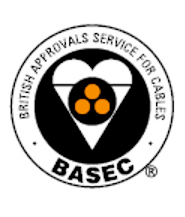
External Copper Telecom Cable
BCC Voice-Tec ™ – External Copper Telecom Cable
The national telecommunications network relies upon thousands of miles of cable, most of which is hidden from view. From Telephone Exchanges to the “Green Boxes” (PCPs) and then on to telegraph poles and into your home, many different cable types and sizes are utilised. This ensures that your telephone, TV and broadband needs are all catered for. At British Cables Company (BCC) we make and supply these essential cables to ensure the integrity and continuity of the network. Our revolutionary cable designs produce products that optimise performance and capacity, whilst maximising space and reducing installation overheads.
The BCC external telephone cable range is manufactured to both British and International standards, British Telecom CW specifications and other customer requested specifications such as Cyprus Telecom.
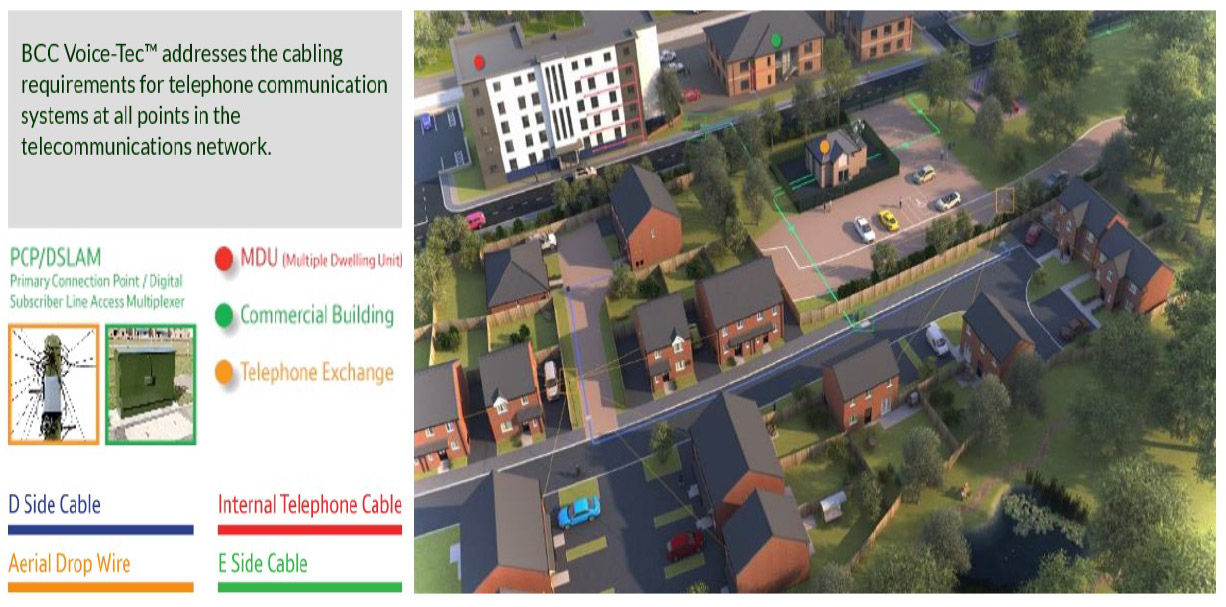
This image shows the telephone access network as we know it. From the telephone exchange, large pair (100 – *4800 pairs) counts of E side cables make their way to the PCP (Primary Cross Connection Point or cabinet) which most people know as the green box. These are then Cross connected to D side cables, which go onwards to the DP (distribution point – often at the top of a telegraph pole). From this point the “drop wire” goes to the individual premises.
*4800 pairs typically run from telephone exchange to telephone exchange, dependant on proximity.
The BCC external copper telephone products for the UK network sits within three main categories;
E-SIDE Cabling
The term E-SIDE is the exchange side of the network and runs from the telephone exchange to the PCP (Primary Cross Connection) point or road side cabinet.
As the E-SIDE part of the network is pressurised (AIR CORE) the BCC cable offering is dry, and therefore no filling compound is required. Cabling is Compliant with BT Specification CW1224 and CW1171.
BCC can offer filled cable for occasions when pressurised cables are not required (Compliant with CW1236)
D-SIDE Cabling
The term D-SIDE or distribution side refers to any point on a local loop connection between the telephone exchange and the distribution point, often the telegraph pole.
Various cabling options are available including cable incorporating an aluminium/co-polymer coated tape applied longitudinally over the paper core wrap acting as a moisture barrier (Compliant with BT Specification CW1179), aerial self-supporting cable incorporating a steel support member for use in overhead applications (Compliant with BT Specification CW1252), and galvanised steel wire armoured version suitable for direct burial (Compliant with BT Specification CW1198). Products are also available with filling compound suitable for tropical climates with a drop point greater than 80ºC and with Corrugated Steel Tape armour for anti-rodent situation.
Drop Wire Cabling
The drop wire cables are designed for overhead distribution, typically from a telegraph pole to the customers premises. Available with 2,3 or 4 pairs, the cable spans unsupported for up to 68 metres.
Due to the installation environment, Drop Wire Cabling has UV resistant weatherproof polyethylene sheath and high tensile steel to prevent the cable drooping between support points.
